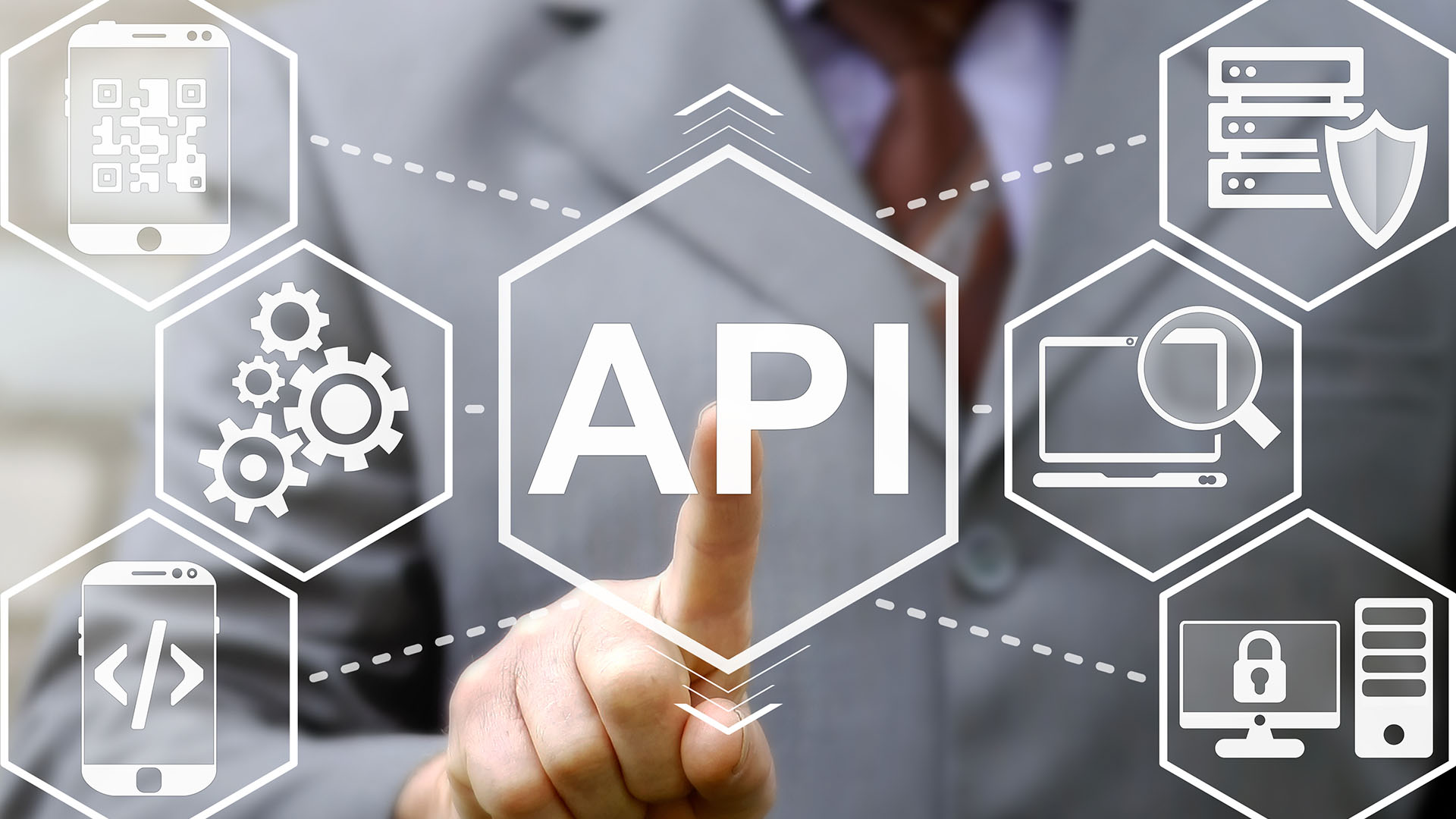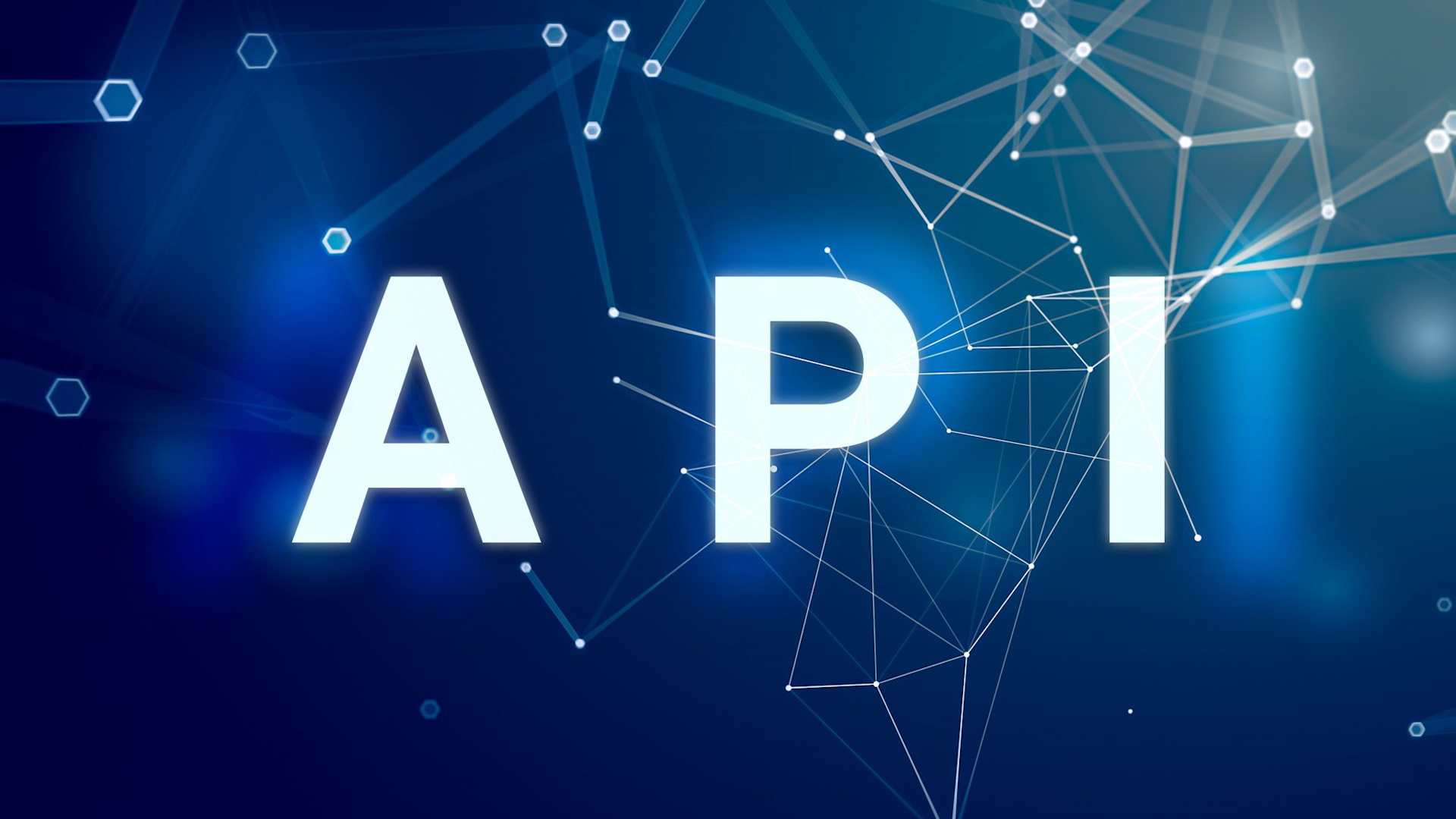We have long been accustomed to Internet services and consider all the elements on them as if they were a matter of course. We are no longer surprised by the various widgets, weather displays, and convenient online maps – all this should be there. But no. It all came about through the outstanding efforts of programmers who developed such a thing as the Application Programming Interface (API).
To explain the API simply, it is an intermediary between the utility on the user’s device and the external platform (server, database, etc.). API is a standard structure of requests and responses for information exchange. Not so long ago, most programs were self-sufficient, and each was perfectly capable of solving problems using the processing power of its system.
But with the mass migration of services to online, everything has changed dramatically: most sites and mobile applications now rely on external servers. But at the same time, development flexibility has also increased – today, specialists do not need to rack their brains for hours thinking about implementing this or that thing.
All they need to do is integrate the right package to implement functionality already created by someone else: from widgets to machine learning algorithms. There are different internal APIs for Google and Apple mobile platforms. Here are just a few of them.
For iOS:
- CoreML – Apple’s out-of-the-box machine learning solution;
- Apple Maps – Apple maps;
- RealityKit – an off-the-shelf solution with augmented reality technologies;
- ApplePay – an electronic wallet;
- HealthKit – user health checks.
For Android:
- NNAPI, a neural networking tool;
- MLKit – a tool from Google with machine learning tools;
- Camera – a tool for working with the camera;
- Firebase – a tool for storing and synchronizing data;
- Flurry – analytics and advertising widgets;
- Crashlitics – helps organize and analyze reports;
- GoogleADS – service of contextual advertising from Google.

What are APIs?
Depending on the tasks, API can be both standardized and proprietary format. Standardized protocols are the most commonly used, allowing you to use ready-made modules for their processing immediately.
This approach reduces the time required for the development. Speaking about the specific types of API, they are used to achieve a particular advantage. For example, to reduce the traffic or to increase the speed of command recognition.
According to the type of information transmitted, APIs are divided into the following formats:
- Textual;
- XML;
- JSON;
- CSV;
- Binary;
- Inline;
- Staffing.
By type of interaction into:
- Batches;
- HTTP/HTTPS;
- Sockets;
- Protocols;
- SOAP.
A bit about the order of API implementation
If you dare to implement API into your utility, you will face several essential tasks. First, you need to choose the platform where it will be easiest for you to work. Do you have a choice? Good. Now think through the structure of your utility so that the integration of new APIs in the future will be refined.
Once you have that figured out, proceed to the next point. Your final goal will be to choose one or another API and then implement it in the system. You can select one of the above tools – they all have an excellent reputation and minimal bugs.
To summarize
Many business owners often do not think about the technical details and want to get a working tool as quickly and cheaply as possible. But the fact is that the opportunity to save money at the initial stages (i.e., on the development) can lead to the fact that you will need to spend a lot more money in the future.
Never feel sorry for the API because a well-installed widget will bring you a lot of natural traffic. If your application is informative, practical, and easy to use, success will be short-lived – your customers will recommend it to their friends.

